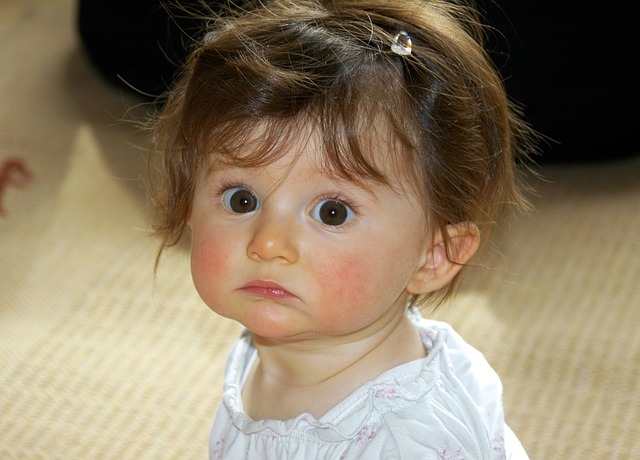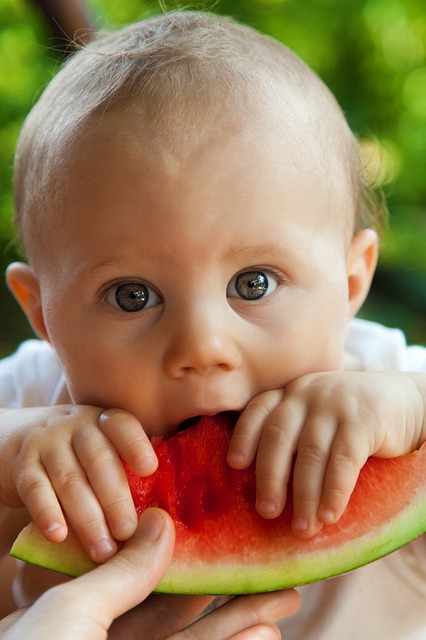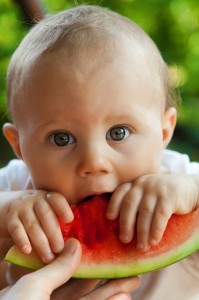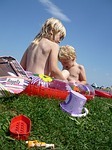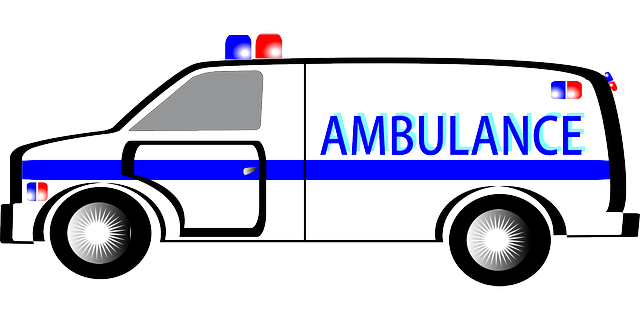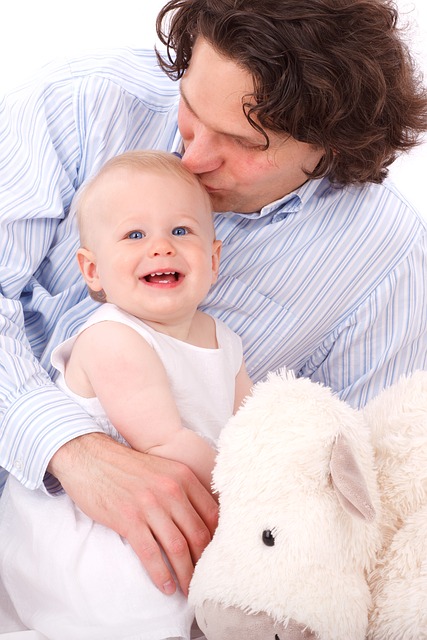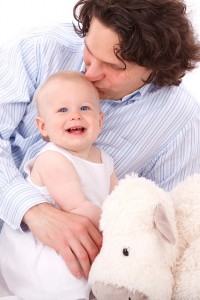Baby Choking
Choking is the fourth leading cause of death in young children.
A baby or small child who puts things in her mouth should not have small objects (like buttons, beans and beads) within reach.
These are easily breathed (aspirated) into the windpipe, causing choking.
Children under age five are most at risk of choking on toys or their parts.
Children of any age who put non-food items in their mouths can choke on them.
A good test is to take a standard toilet paper tube.
If a toy is small enough to fit inside the tube, its small enough to be a choking hazard.
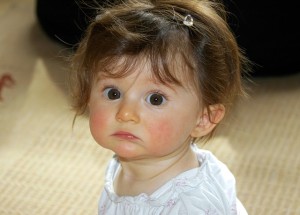
Look, also, for any small parts that might break off a toy in rough play.
Pull at the parts yourself. Small balls or dice (from children’s toys and games) are also a common item that children Under the age of three choke òn.
Keeping a child’s toys away from a Younger sibling or visitor to your home is always a challenge.
One of the items that most commonly cause choking are broken balloon pieces, which are easily inhaled.
Children can also choke on the pieces of a balloon they blow up if it bursts
For this reason, it’s best to keep balloons away from small children.
Choking on Food
By age four or five, most children are able to handle the same foods that adults can.
Before that, you have to be very careful with certain foods.
Round, hard slippery foods, such as nuts, hard candies, carrots, popcorn, grapes and raisins, are especially dangerous to young children.
Hot dogs can plug up the windpipe like a stopper in a bottle.
One of the most dangerous foods is peanut butter eaten from a spoon or knife.
When it’s aspirated, nothing can remove it from the lungs.
It should always be spread thin on bread.
An excellent way to prevent choking on large pieces of food is to chew and chew well.
Children can be taught to chew well; and if you set an example, they will most likely follow, especially if not rushed.
Take away lollipops if your child runs with them in his mouth.
Don’t let your child lie down while eating and never leave a baby alone with a propped-up bottle.
